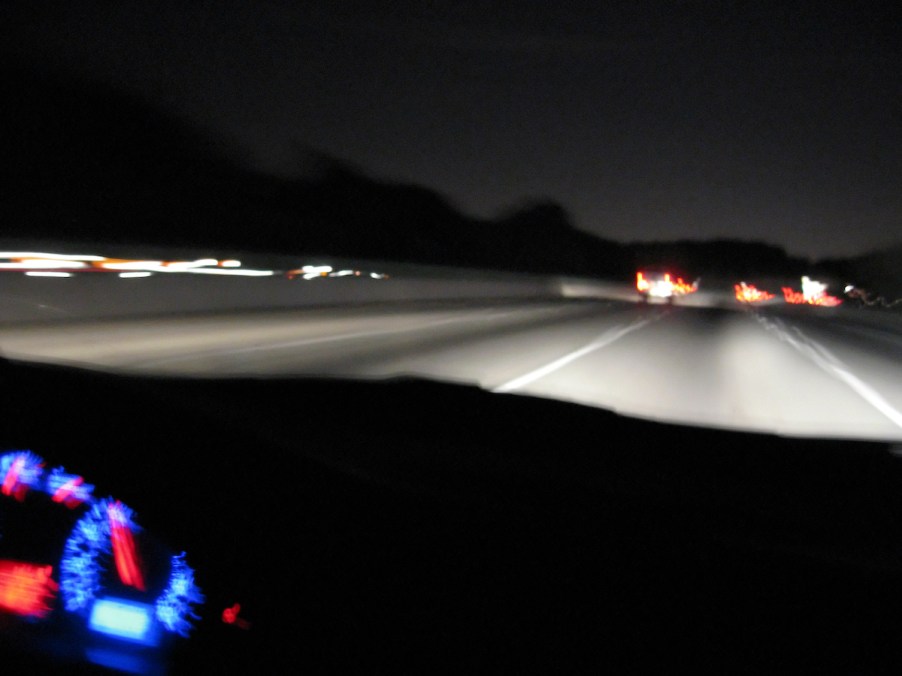
6 Tips to Consider for Those That Travel at Night
Many people find themselves driving at night for various reasons. Maybe you went out for a night on the town and stayed out a little too late, or perhaps you’re coming home from a late shift at work. For others, night driving is a relaxing time to cruise the open road. No matter your reasons for driving at night, it’s important to take precautions to stay safe during your travels. If you plan to travel at night or find yourself unexpectedly on the road after dark, here are six tips to keep in mind.
1. Check your car’s systems before you travel at night

Before you travel at night, it’s a good idea to give your car a quick once-over to ensure all of its systems are in good working order. This is especially important at night when you’ll rely more heavily on your car’s headlights and taillights.
Be sure the windshields are clean and the headlights are not dim so that you have an unobstructed view of the road. Check your taillights and turn signals to ensure they’re functioning properly. If any of your car’s systems aren’t working correctly, it’s best to get them fixed before hitting the road.
2. Map out your route if you plan to travel at night
If you plan to drive somewhere new, map out your route and become familiar with the area in the daytime before you travel at night. Doing that will help you feel more confident behind the wheel when night falls. If possible, try to stick to well-lit, major roads and avoid shortcuts through the dark, deserted areas.
3. Drive defensively at nighttime
Defensive driving is key to staying safe when you travel at night. Remember to keep your eyes peeled for other motorists who might not be following the rules of the road. Be extra-cautious around drivers who appear impaired. According to the NHTSA, drunk drivers pose a serious threat to everyone on the road. If you see someone who appears to be driving under the influence, avoid them and call 911 if necessary.
4. Check your vision before you travel at night
You can take a few steps to ensure your vision is up to par for night driving. First, get your eyes checked regularly. If you wear glasses or contacts, make sure they’re up-to-date.
Second, adjust your car’s mirrors properly. Mirrors that aren’t correctly positioned can make it difficult to see other vehicles, which can be dangerous when driving at night.
Last, clean your car windows regularly. Dirty glass can make it difficult to see at night.
5. Dim your dashboard lights
Illuminated dashboard displays can be distracting at night. The glare can also make it hard for your eyes to adjust to the darkness, making it difficult to see.
To avoid this issue, lower the brightness of your dashboard instrumentation gauge and infotainment display. You can do this by turning a knob on your dashboard or using a dash mat.
6. Use your high beams when appropriate
High beams are helpful when driving at night, but you should use them only when appropriate. When there’s oncoming traffic, you should switch to low beams. You should also avoid using your high beams in foggy conditions because they can actually make it harder to see. Some cars have fog lights for that purpose.
Bottom line
Night driving doesn’t have to be difficult. By following these simple tips, you can make it much easier on yourself. Just remember to take your time, stay alert, and be cautious. Drive safely!


